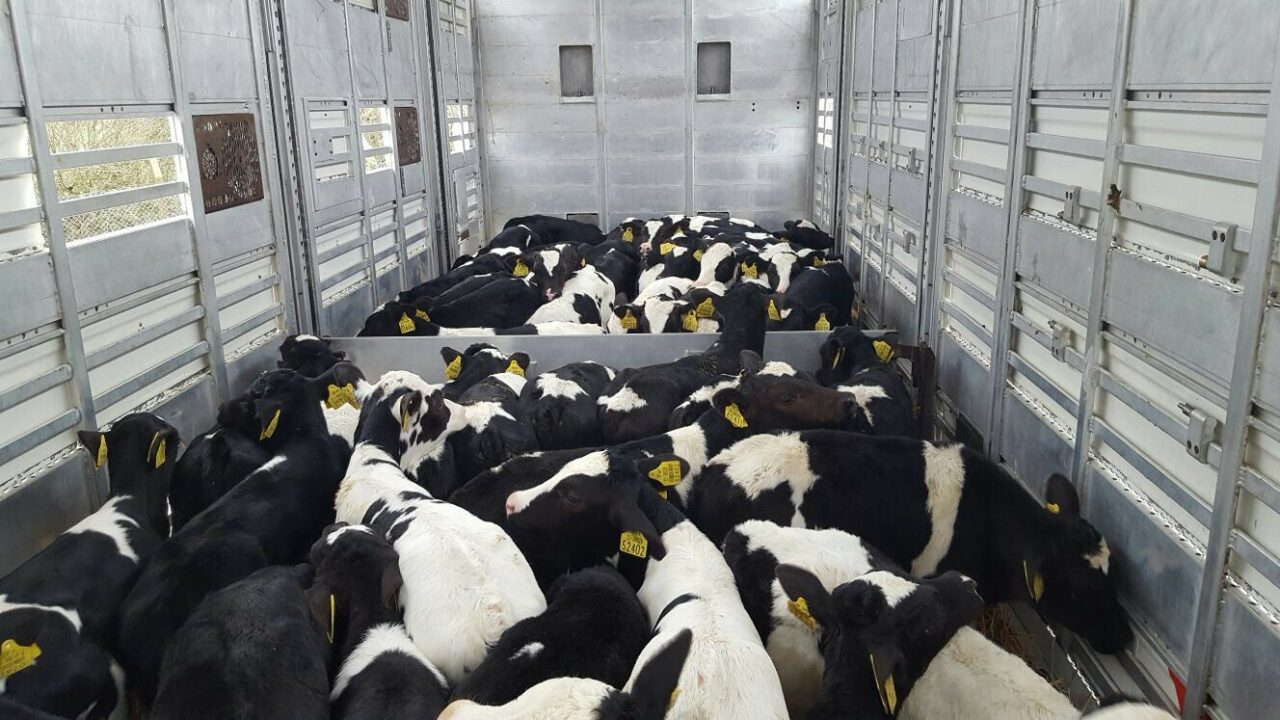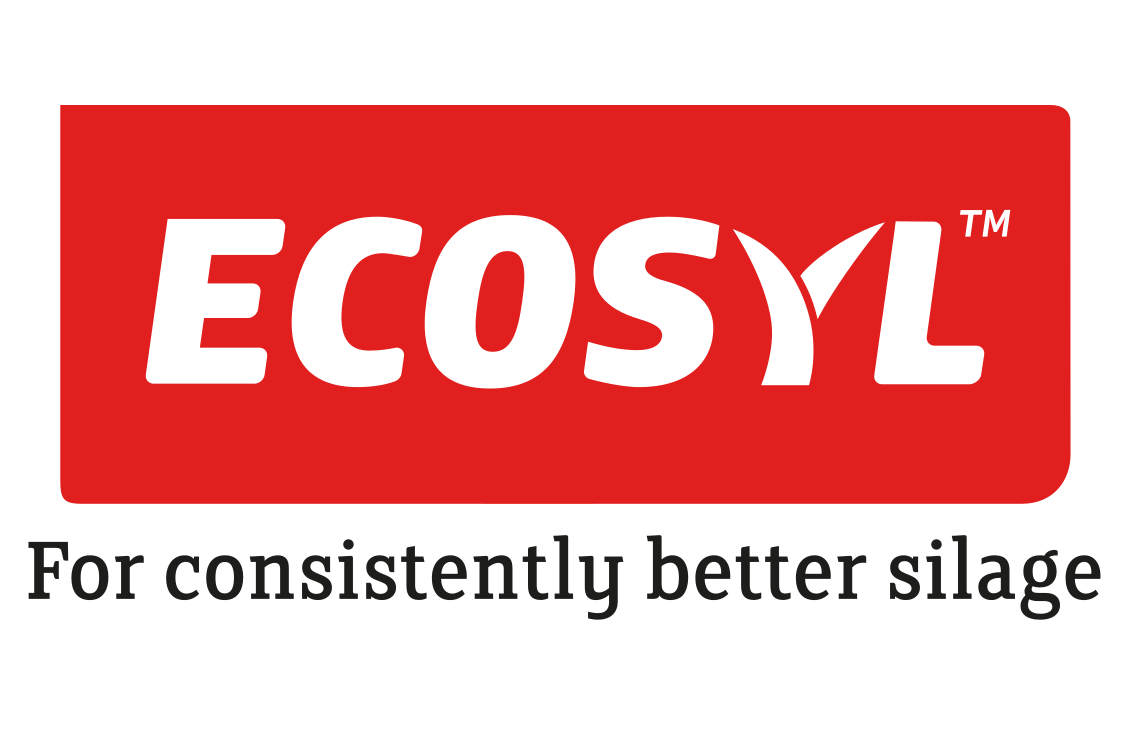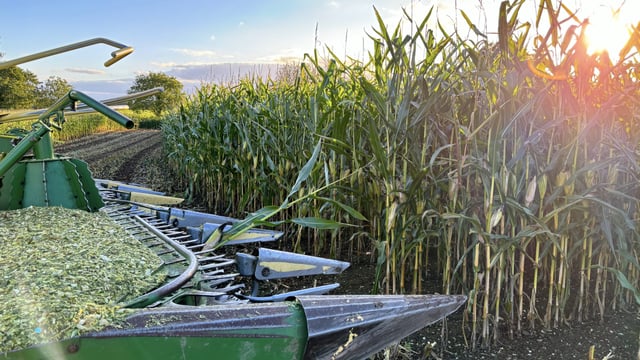'Urgent need' to optimise feeding in transport of calves - Teagasc
Research from Teagasc has concluded that there is an "urgent need" to optimise feeding strategies before, during and after the transport of calves in long-distance journeys.
The findings of the study "highlight the challenges posed by current transport practices", a research paper said.
The research was carried out by personnel at the Teagasc Animal and Grassland Research Centre at Moorepark, Co. Cork; Munster Technological University (MTU); and Wageningen University in the Netherlands.
The experimental study aimed to investigate the effects of pre-and post- transport feeding protocols with varying volumes of milk replacer on metabolic and physiological variables of unweaned calves during and after long-distance transport by ferry and road.
The researchers monitored two commercial shipments of male dairy and beef-cross dairy calves.
Pre-transport, calves were fed 2L of milk replacer on the morning of transport, or 6L divided over two feeds the evening before and morning of transport.
Post-transport, calves were fed a "conventional restricted protocol", or 25% more volume per day (3.2L or 4L per day, increasing to 5.8L or 7.2L per day over three weeks).
The researchers obtained blood samples and body weight data at five time points: pre-transport at an assembly centre in Ireland; after 24 hours of ferry and road transport at a lairage in France; after a 13- hour rest stop and 16.5 hours of road transport at two veal farms in the Netherlands; on day 12 post-transport; and on day 21 post-transport.
The total travel time involved was 53.3 hours.
Blood samples were analysed for markers of energy balance, hydration, physiological stress, and muscle fatigue.
The study found that calves fed more milk replacer twice pre-transport had a better energy balance with significantly higher blood glucose at the lairage, but not upon arrival at the veal farm.
Calves fed more were also significantly less dehydrated throughout transport.
By day 12 post-transport, all blood variables except for sodium and cortisol had normalised for all treatments.
Post-transport, average daily gain (ADG) was significantly increased for calves fed 25% more.
The study concluded that feeding calves two 3L milk feeds compared to one 2L milk feed before long distance transport reduced the negative impacts of prolonged fasting, especially regarding energy balance and hydration.
However, the researchers added that these positive effects, while evident at the mid-transport lairage, but were not sustained throughout the multiday journey.
Calves fed more also experienced energy depletion, hypoglycemia and dehydration, suggesting that even 6L of milk replacer does not fulfill the metabolic needs of calves during the long-distance transport, the study claims.
"These findings highlight significant welfare concerns with current transport practices; underscore the need to reassess feeding protocols during rest stops; and points to the importance of future research focused on shortening fasting periods and optimising feeding protocols," the research paper said.
The research comes as Teagasc looks to develop an in-lorry system for calf feeding.
Last month, Teagasc issued a tender looking for submissions from potential developers and suppliers of such a system.





